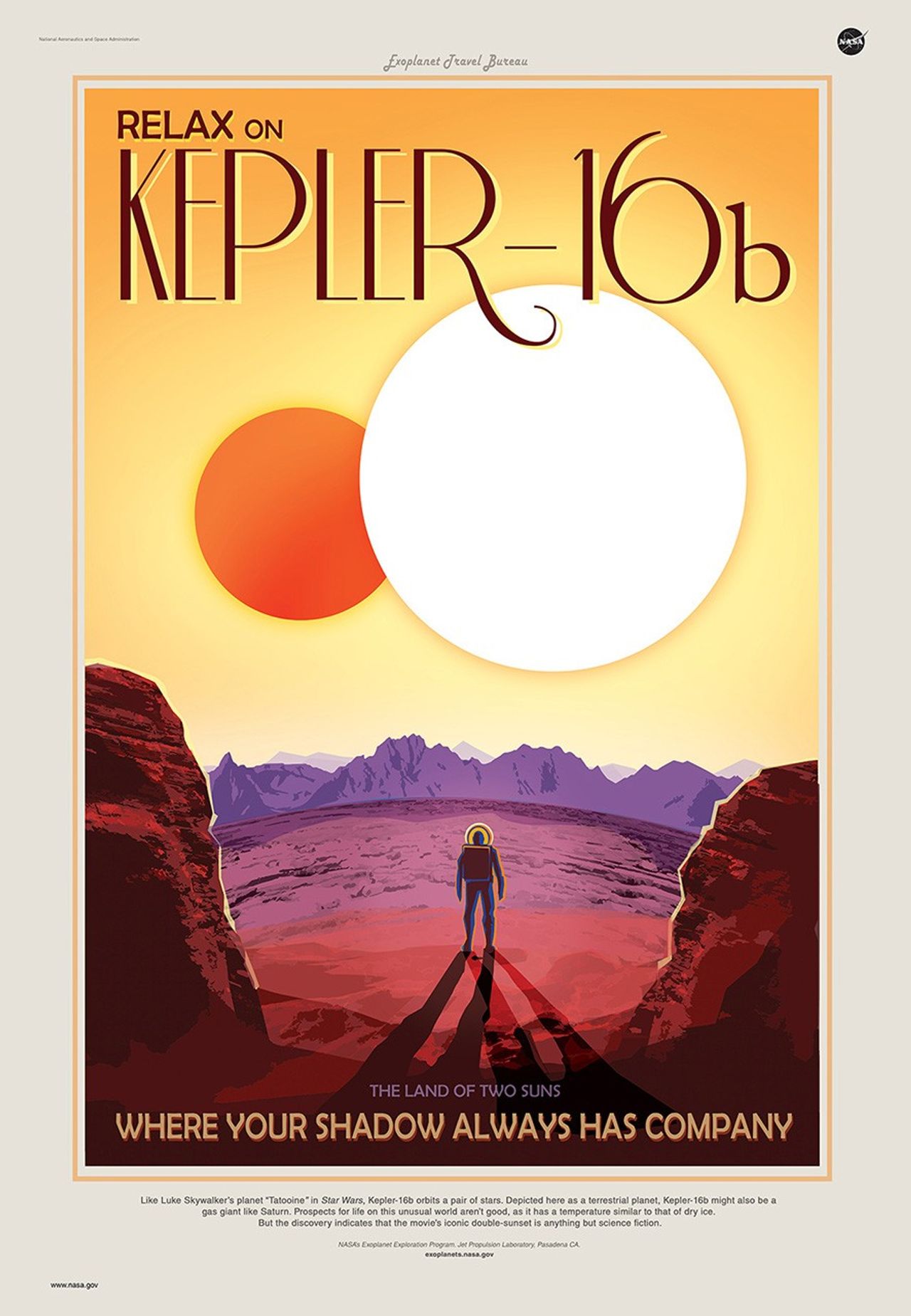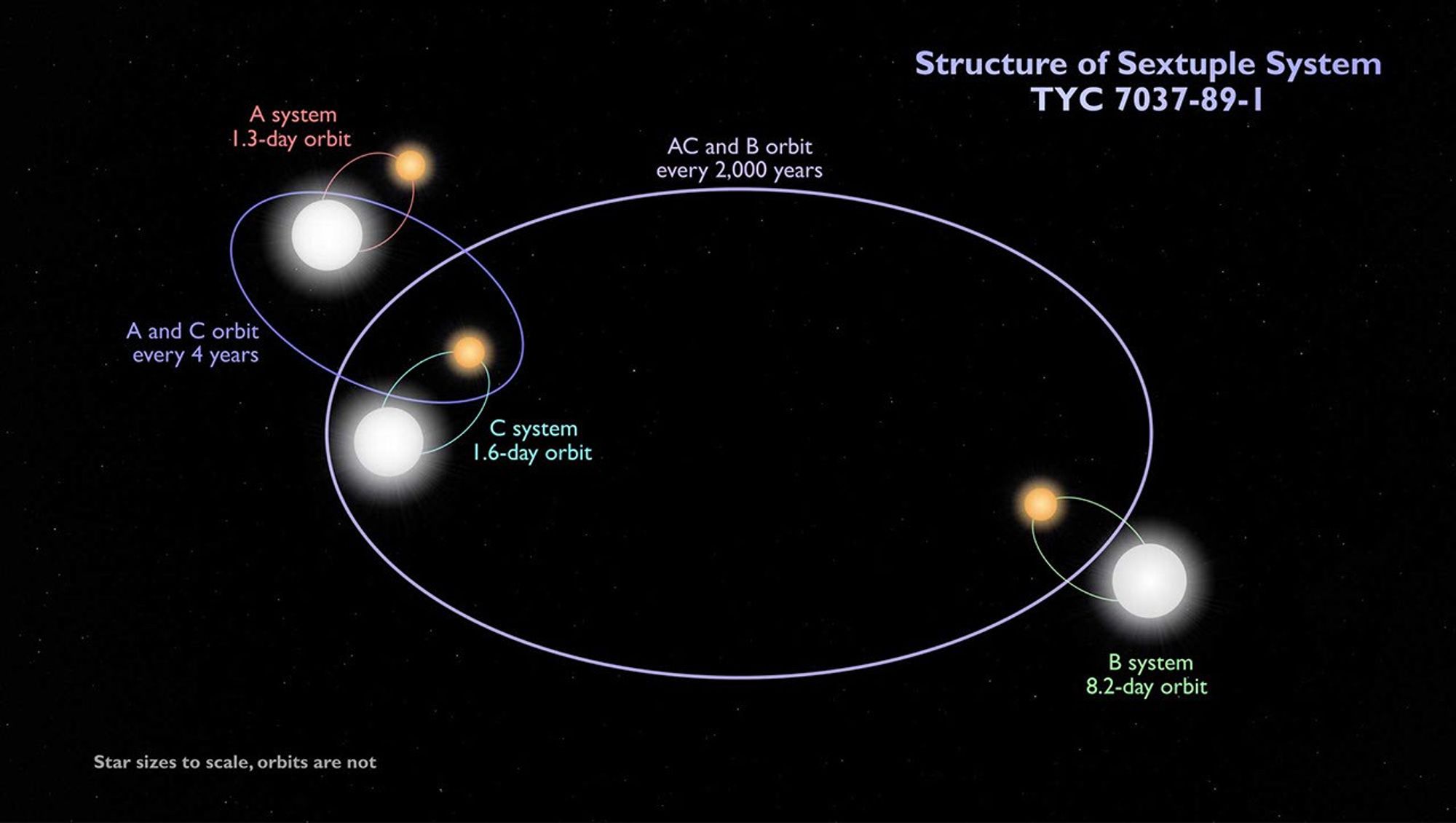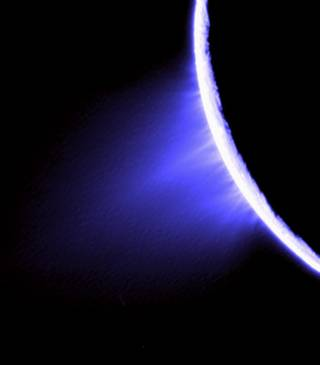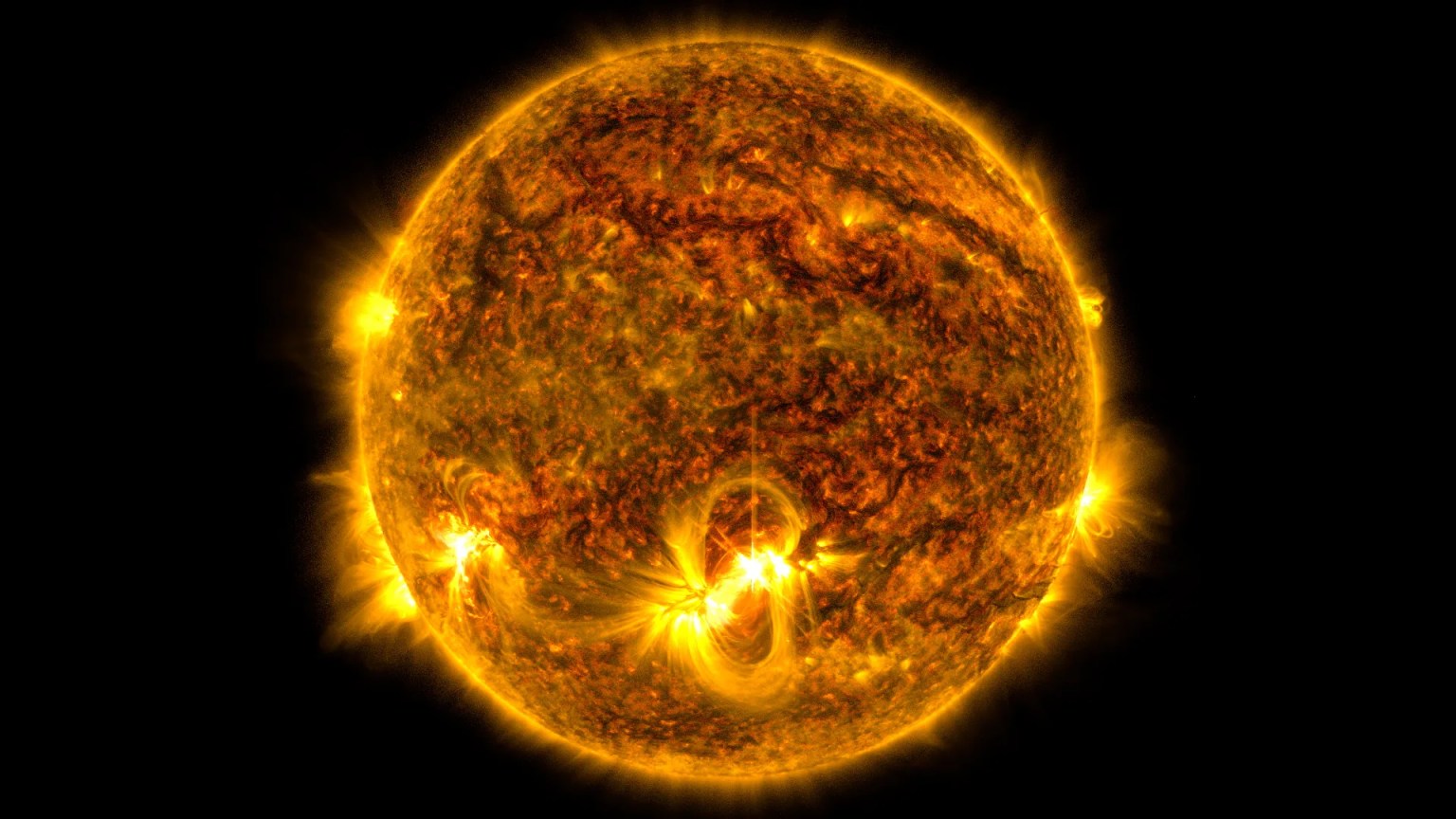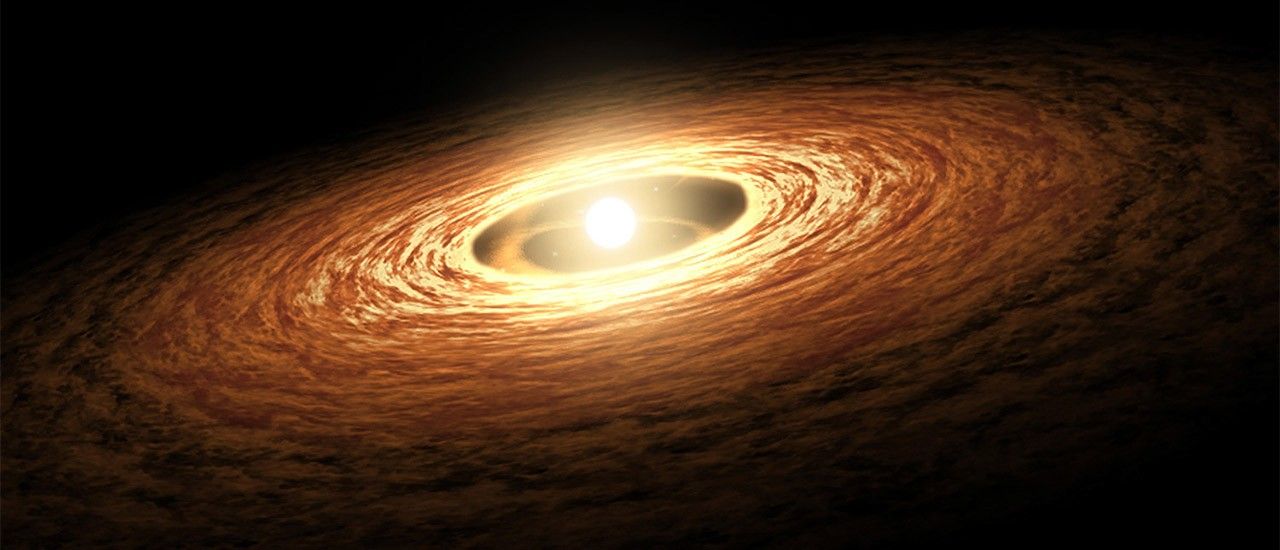Other Stars, Other Worlds
Kepler-16 b: (Almost) a Real-life Tatooine
A moody scene from “Star Wars” – Luke Skywalker watching a double sunset on his home world of Tatooine – seemed to gain a real-life analog with the announcement of a stunning discovery in 2011.
A planet dubbed Kepler-16 b, some 245 light-years from Earth, was found to orbit two stars. It was one of more than 2,700 confirmed exoplanets – planets beyond our solar system – credited to NASA’s Kepler Space Telescope, which retired in 2018 but still holds the record for most exoplanets found. The Kepler-16 double stars would appear in the sky of such a planet.
As so often happens in the collision of science and science fiction, the analogy isn’t quite what it seems. Kepler-16 b is a gas giant (not a giant desert), about the size of our own Saturn. That means no solid surface to stand on and gaze moodily at the double sunset.
Still, Kepler-16 b remains a rare and historic discovery. It is known as a “circumbinary” planet, tracing a wide orbit around a “binary” – two-star – system.
An observer on solid ground – say, on the surface of a hypothetical moon orbiting the planet – would indeed cast two shadows: a deeper one from the larger of the two stars, a somewhat fainter shadow from its smaller, reddish companion.
A “year” on Kepler-16 b, once around the star, would last 229 days, similar to our own system’s Venus at 225 days.
Only about a dozen of Kepler’s confirmed exoplanet discoveries are circumbinaries; the first to emerge out of data from TESS (the Transiting Exoplanet Survey Satellite), in 2019, was another gas giant called TOI-1338 b. The two stars in the circumbinary system found by TESS – Kepler’s successor and now NASA’s premier planet-hunter – are somewhat similar to the Kepler-16 stars: one larger, Sun-like star and one much smaller red dwarf.




























